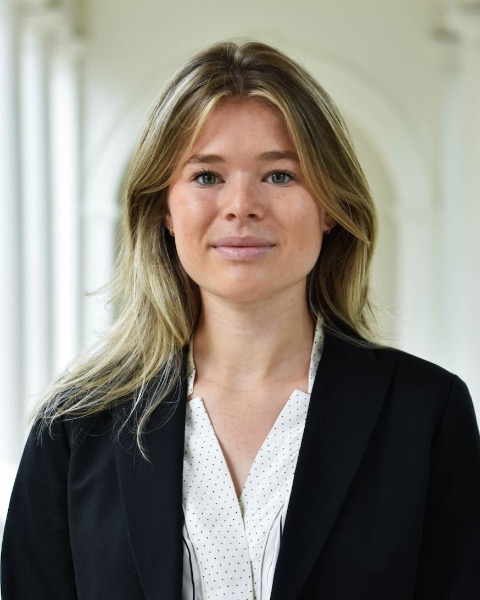Adolescent Medicine 5: Potpourri
Session: Adolescent Medicine 5: Potpourri
148 - The Invisible Epidemic: Examining Usage of a Food Insecurity Intervention on a College Campus
Monday, April 28, 2025
7:00am - 9:15am HST
Publication Number: 148.6717
Eleanor S. Steiner, University of Virginia, Charlottesville, VA, United States; Noah D. Gade, Wake Forest University, Winston-Salem, NC, United States; Jeffrey Gander, University of Virginia School of Medicine, Charlottesville, VA, United States; Madeline E. Casper, University of Virginia, Palmyra, VA, United States; Garreth H. Bartholomew, CSPDC, Staunton, VA, United States; Colin J. Orr, Monroe Carell Jr. Children's Hospital at Vanderbilt, Nashville, TN, United States

Eleanor S. Steiner (she/her/hers)
Trainee
University of Virginia
Charlottesville, Virginia, United States
Presenting Author(s)
Background: Twenty-three percent of college students experience food insecurity. Food insecurity is associated with adverse physical and mental health outcomes, diminished academic performance, and increased rates of dropout. Evaluating interventions to address food insecurity on campus is a critical area of research.
Objective: To examine the association between student demographics and the utilization of a food support intervention at a four-year public institution.
Design/Methods: This is a repeat cross-sectional study of the University of Virginia (UVA) community food pantry (CFP) from the academic years 2021-2022 (AY21), 2022-2023 (AY22), and 2023-2024 (AY23). The CFP is a free food source for UVA students. Students gain access to the CFP using their identification badge, which is linked to student administrative data. The exposure variables included student enrollment year, self-reported race and ethnicity, and US citizenship status. The outcome of interest was CFP utilization defined as the number of unique individuals who accessed the CFP and the total frequency of visits. Logistic regression models were created to determine the independent associations between exposure variables and CFP utilization. The comparator group was selected based on the most common attributes in the student population at UVA, a racially White undergraduate student who is a U.S. citizen.
Results: There were 19,359 total visits to the CFP over the three-year period. The percentage of individual students using the CFP increased over time, with 1.5% in 2021, 3.3% in 2022, 6.5% in 2023 (p < 0.0001). In AY23, utilization increased by class year, with 84 first-years, 226 second-years, 267 third-years, 280 fourth-year students, and 290 graduate students using the CFP. The total frequency of visits also increased by class year and over the three academic years (Figure). Students who were not U.S. citizens had the highest odds of pantry utilization (OR 14.30, CI 11.71-17.50). In addition, Asian, Black, Hispanic, and Multiracial racial/ethnic groups had increased odds of utilization versus the comparator group (Table).
Conclusion(s): Students from racial and ethnic groups underrepresented on campus and those on visiting citizenship status are most likely to access a food support intervention and may have unaddressed food security needs. Addressing food insecurity on college campuses might be one strategy to improve equity in academic success, especially for students from historically marginalized communities.
Total number of visits to the Community Food Pantry by class enrollment year and academic year
.png)
Odds of using the Community Food Pantry by race and ethnicity and citizenship
.png)

